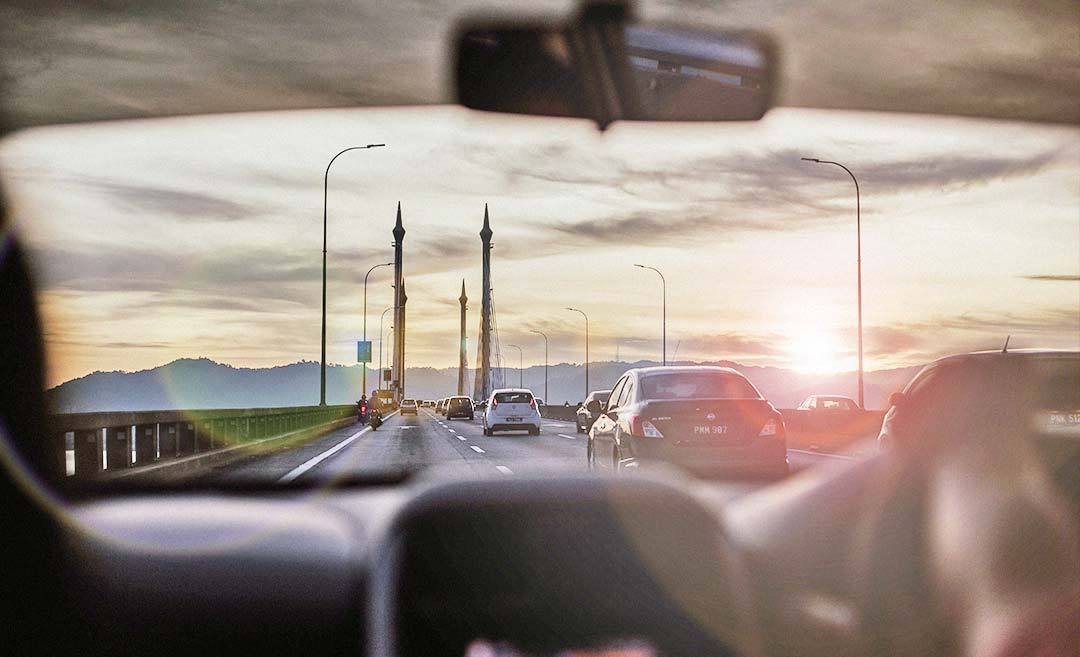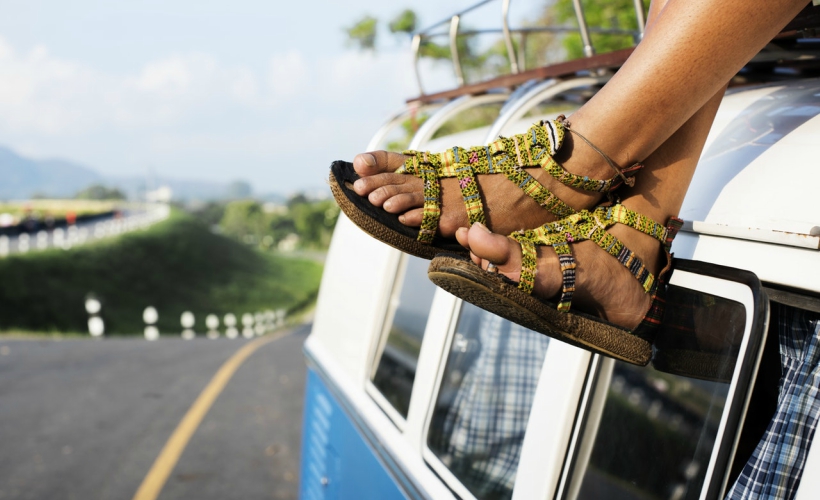As the year’s second half unfolds, the road ahead is filled with numerous occasions and holidays that beckon us to embark on exciting road trips locally. However, recent incidents highlighted through social media have reminded us of the importance of prioritising safety during our adventures.
Of late, there have been viral videos showcasing incidents of harassment, bullying, and even the impersonation of police officers, which brings to light the need for travellers to make safety an absolute priority when on the road.
With some preparation and guidance from the Royal Malaysia Police (PDRM), you can ensure a safe and memorable journey. These tips, provided by PDRM Malaysia and PLUS Malaysia, the operator of the North-South Expressway, can be encapsulated under the umbrella of the 4P 2J framework to help you keep safe on your road trips across the country.
The 4P refers to periksa (check), pakai (wear), peka (be aware), and patuhi (obey); while the 2J refers to jaga titik buta (watch for blind spots) and jaga jarak (maintain distance). Let’s go through them.
1. Periksa (check)
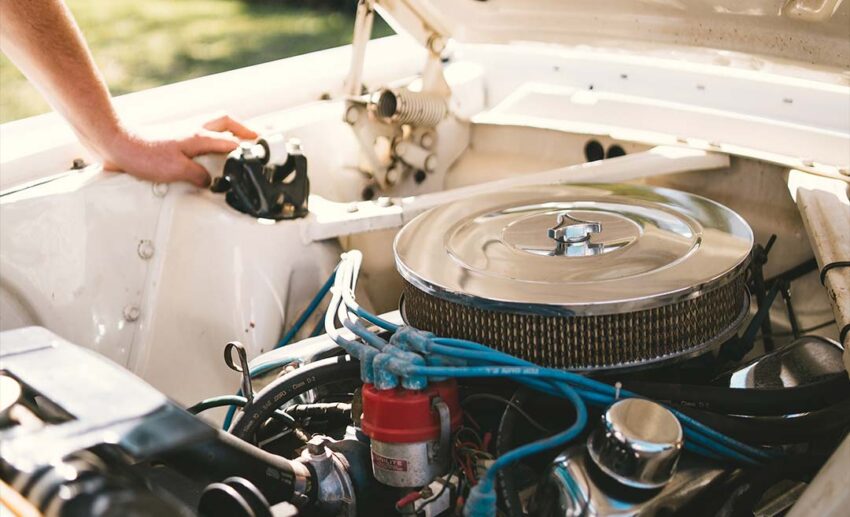
Before starting your journey, one of the most important things to do is check your vehicle thoroughly. Making sure everything’s good to go before hitting the road can really help avoid any safety problems.
Here are some key points to consider when conducting a check:
- Tyres: Check the condition and pressure of all tyres, including the spare tyre. Ensure that the tyres are correctly inflated, inspect for signs of wear and tear, such as uneven wear or bulges, and replace any damaged tyres.
- Engine oil and fluids: Check the engine oil level and ensure that it is at the recommended level. Inspect other fluids such as coolant, windshield washer fluid, and more. Top up or replace fluids as necessary to maintain optimal levels.
- Lights: Test all lights on your vehicle, including headlights, taillights, brake lights, turn signals, and hazard lights. Properly functioning lights are essential for visibility and communication with other road drivers.
- Brakes: Check the brake system for any signs of wear or malfunction. If you notice any grinding noises, vibrations, or reduced braking performance, have your brakes inspected by a professional mechanic before the road trip.
- Wipers and windshield: Inspect the condition of your windshield wipers, especially looking out for any cracks or chips that may impair your field of vision. This step is vital to ensure clear visibility during rain or bad weather.
- Battery: Examine the battery terminals for any signs of corrosion or loose connections. If your battery shows signs of weakness, consider replacing it to avoid unexpected breakdowns.
Besides doing a thorough vehicle check, you should also prepare for any emergencies during the road trip. First, assemble an emergency kit with a first aid kit, flashlight, road flares, and a portable phone charger. You should also include a spare tyre in good condition and the necessary tools to change a flat tire.
Remember to also carry documents like your driver’s license and proof of insurance. Lastly, save important contact numbers, such as PDRM’s helpline and your insurance company’s emergency assistance line, in your phone for easy emergency access.
2. Pakai (wear)
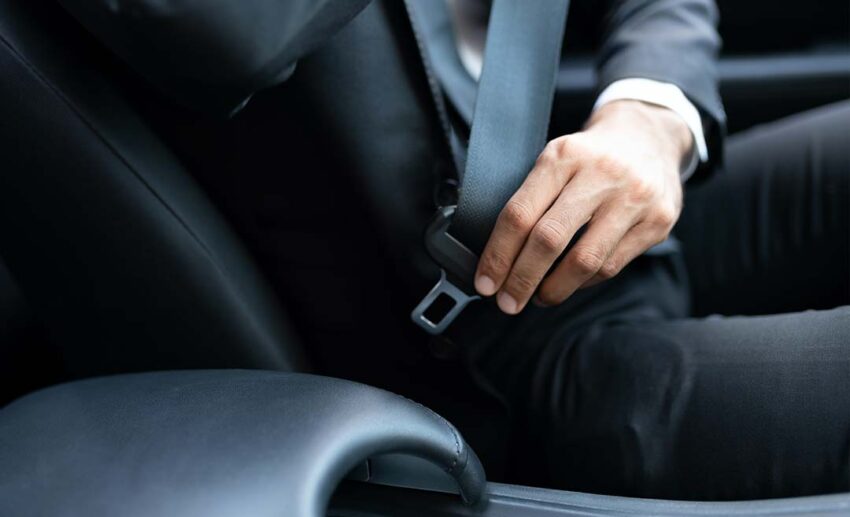
At all times on the road, you and your passengers must be safe during the drive. What this can look like is for everyone to have their seatbelts on for the entire journey. Seatbelts are a crucial safety feature that significantly reduces the risk of severe injuries in the event of an accident. To fasten your seatbelt correctly, ensure it fits snugly across your lap and shoulder.
When travelling with children, providing them with the appropriate level of protection is just as important, if not more. Use car seats with ISOFIX, if possible, and/or boosters suitable for their age, size, and height.
Infants and young children should be secured in rear-facing or forward-facing car seats, depending on their age and weight. On the other hand, older children can use a booster seat until they reach the height and weight requirements to use the vehicle’s seatbelt alone. Follow the car seat manufacturer’s guidelines and ensure proper installation in your vehicle.
Remember, a few seconds to buckle up can make a difference in protecting yourself and your loved ones while on the road.
3. Peka (be aware)
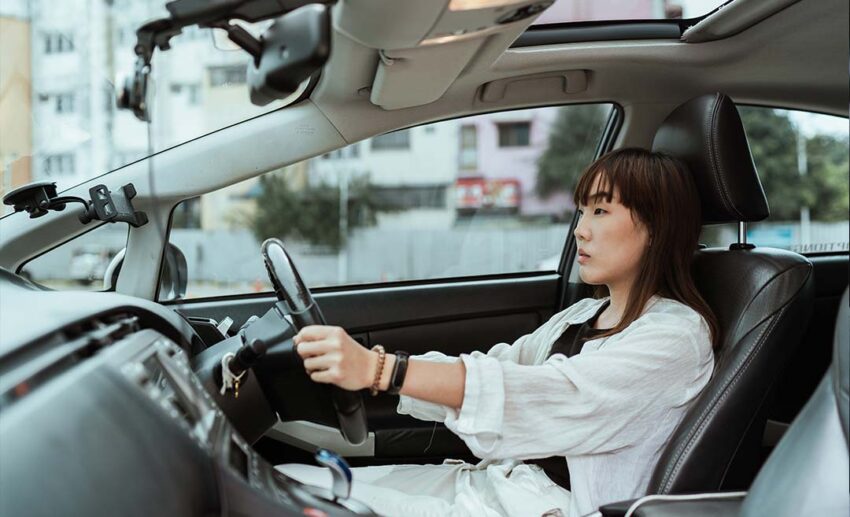
Nobody wants an unsafe road trip, so for one that is smooth sailing, cultivating a sense of awareness and staying informed about your surroundings may not be the worst idea.
- Plan your route and share it: Take time to meticulously plan your journey — use reliable navigation apps or GPS devices to stay on track and reach your destinations safely. Sharing your itinerary, including the planned route and estimated arrival time, with a trusted family member or friend is also recommended. By doing so, someone will know your whereabouts and can assist if needed.
- Stay informed with traffic updates: To stay ahead of any potential challenges, stay in the know of traffic conditions and any ongoing incidents along your route. Tune in to local radio stations or use traffic information apps like Waze to get real-time updates. Be prepared to make informed decisions and adjust your route to ensure a smooth and safe journey.
- Maintain alertness and trust your instincts: Stay vigilant and attentive while on the road, and always trust your instincts. You should be aware of your surroundings and any unusual or suspicious activities. If you sense something is amiss or feel uncomfortable, prioritise your safety and take appropriate action. To guarantee safety, avoid engaging or fighting with aggressive individuals, and contact the police if necessary.
- Beware of impersonators: Exercise caution when approached by individuals claiming to be law enforcement officers. Authentic police officers will carry proper identification, including a badge and official identification card. If you have doubts, request to see their identification or contact the nearest police station to verify their credentials. And if a suspicious vehicle impersonating the police tries to get you to stop your car, maintain a safe distance and contact the police immediately.
4. Patuhi (obey)
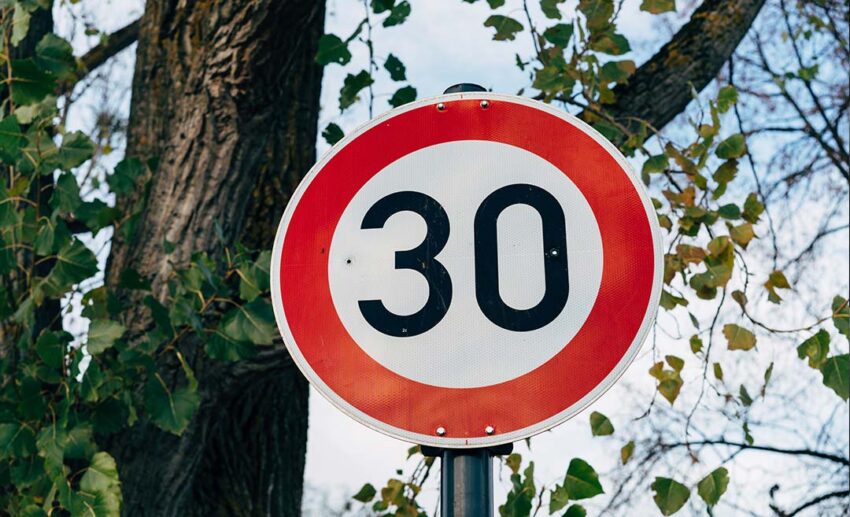
Too many irresponsible Malaysian drivers find this hard to do, but when on the road, we need to respect traffic regulations and speed limits. Obeying traffic laws is essential for the safety of yourself and others on the road. Avoid aggressive driving behaviours such as tailgating, excessive speeding, or sudden lane changes. Here’s how you can demonstrate obedience on the road:
- Be mindful of traffic regulations: Familiarise yourself with specific traffic regulations, especially when driving into urban areas like Kuala Lumpur. Recent incidents have highlighted the importance of understanding designated spaces at traffic intersections. For instance, the red box space at intersections is exclusively for motorcyclists, and occupying this space with other vehicles may result in summonses. Pay attention to markings, signs, and lane designations at intersections, and respect the designated spaces for different types of vehicles.
- Stay updated on traffic regulations: Stay informed about traffic regulations and changes in the areas you’ll travel through. Authorities, like Kuala Lumpur’s Chief of Police, CP Dato’ Mohd Shuhaily Mohd Zain, have implemented operations to monitor and enforce traffic laws. These operations focus on violations such as stopping beyond white lines, stopping on pedestrian or zebra crossings, and occupying yellow boxes. Stay up-to-date with local traffic rules to comply with the latest regulations.
5. Jaga titik buta dan jaga jarak (watch blind spots and maintain distance)
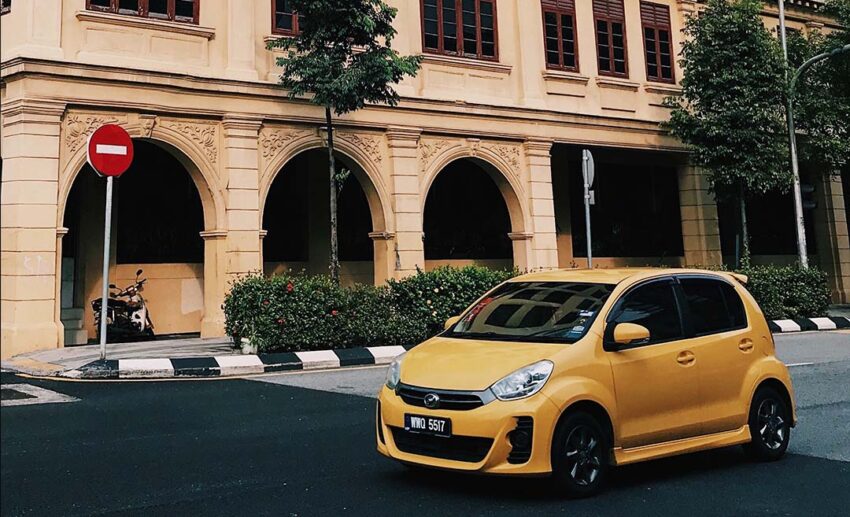
Lastly, it is essential to be mindful of blind spots and maintain a safe distance from other vehicles. Here’s how you can incorporate these practices:
- Jaga titik buta (watch blind spots): Blind spots are areas around your vehicle that aren’t visible in the mirrors, so always check them before changing lanes or making turns. Use your mirrors effectively, but also look over your shoulders to ensure no vehicles or motorcycles are in your blind spots. This extra precaution helps prevent collisions and ensures the safety of other road users.
- Jaga jarak (maintain distance): Keep a safe following distance from the vehicle in front of you. This allows for proper reaction time in case of sudden braking or emergencies. The general rule of thumb is to maintain a distance of at least two seconds from the vehicle in front. How to ensure this? Pick a stationary object on the side of the road and start counting when the vehicle in front passes it. If you reach the object before you finish counting to two, you should increase your following distance. This safety distance gives you enough time to react to unexpected situations and helps prevent rear-end collisions.
By incorporating the 4P 2J framework into your road trip prep, you can ensure a solid road safety approach. Remember to “periksa, pakai, peka, patuhi, jaga titik buta, and jaga jarak” as you embark on your journey. With these guidelines in place, you can explore the beauty of Malaysia safely and with peace of mind.

